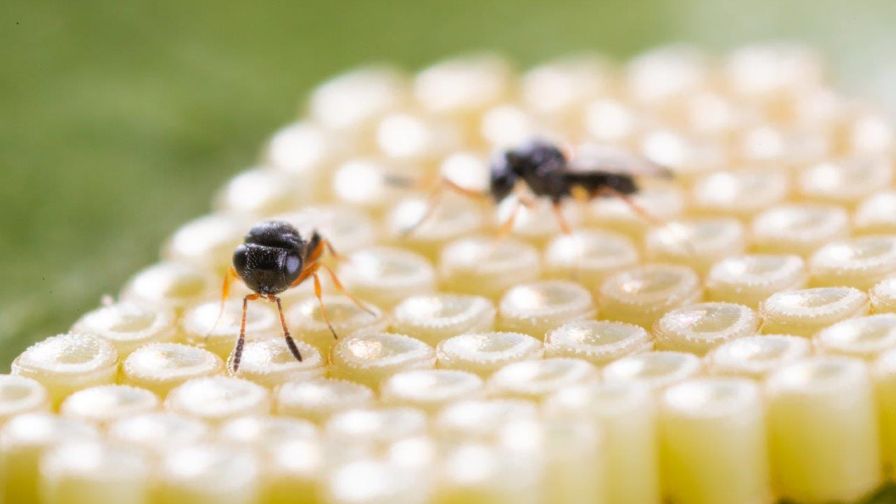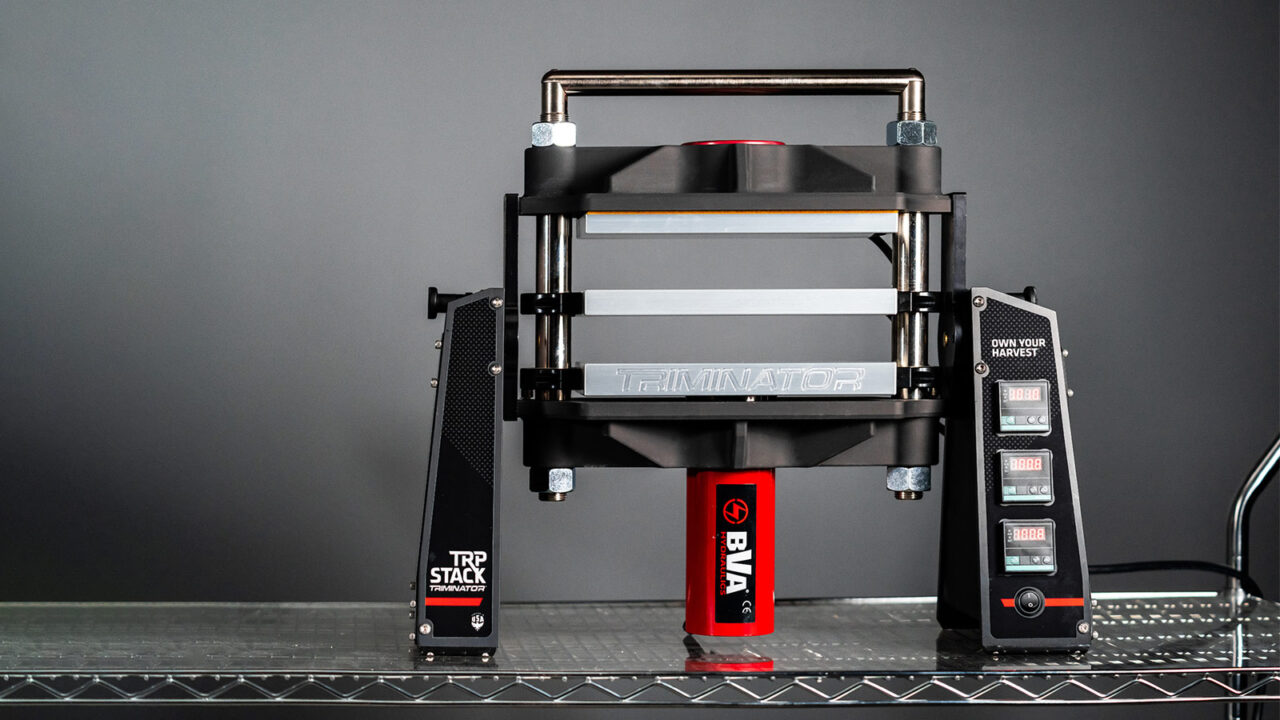Parasitic Wasp From Koppert Recognized at International Biocontrol Meeting

Trissolcus_basalis; Photo: Koppert BV
Koppert’s Nezapar won the Bronze Award in the 2023 Bernard Blum Awards at the Annual Biocontrol Industry Meeting (ABIM) last month. The award is an annual recognition of the year’s most innovative biocontrol product, one that significantly impacts the management of pests and diseases while having minimal impact on human health and the environment.
“We are very proud of this recognition for achieving the successful rearing of commercially relevant quantities of the parasitic wasps Trissolcus basalis,” said Director Operations Peter Couwels in accepting the award. “Trissolcus basalis have shown effective results in preventive and light curative control of the Southern green stink bug, Nezara viridula. This gives greenhouse growers access to a biological way of controlling this increasing greenhouse pest in Northwest Europe and other parts of the world.”
The Southern green stink bug is a highly polyphagous feeder that attacks many important food crops. It is believed to have originated in Ethiopia but is now distributed throughout almost all tropical and sub-tropical areas and continues to spread into temperate areas, where it is mainly found in greenhouses. Coming from a tropical climate, climate change ensures these highly destructive bugs will present a growing problem for growers in an increasing range of crops in areas with a moderate climate. Nezapar offers growers a natural solution that takes care of a serious problem that could only be solved by chemical pest control until now.
“The parasitic wasps and their capacity to parasitize, thus impacting the development of Nezara, has been described in research papers for some time. What we have achieved now is scaling-up the rearing of Trissolcus basalis to viable commercial quantities,” says Product Manager Tim Bossinga. “When growers find a cluster of Nezara eggs, they will see that the eggs parasitized by Trissolcus change from a cream color to black after 10 to 12 days. The newly hatched wasps emerge from the stink bug eggs and proceed to parasitize more stink bug eggs, and so the process is continuously repeated. It’s a powerful biological solution for this increasingly prevalent greenhouse bug.”
Bossinga points out that Nezapar is at its best when used in truly preventative control; having Trissolcus guarding the crop before Nezara enters is key.
Trials have been successfully conducted with the cooperation of growers in Spain, France, Hungary, the Netherlands, and Belgium where stink bug infestations are increasingly common in greenhouses.
“Nezapar wasps were released, and trials compared very favorably with chemical control methods. Previously these stink bugs could only be treated with highly disruptive chemical agents,” Bossinga says. “Having Nezapar available now is a significant step, allowing us to further improve our approach to get full control of Nezara. With Nezapar, growers can continue to rely on their biocontrol systems that are present in their crop.”









